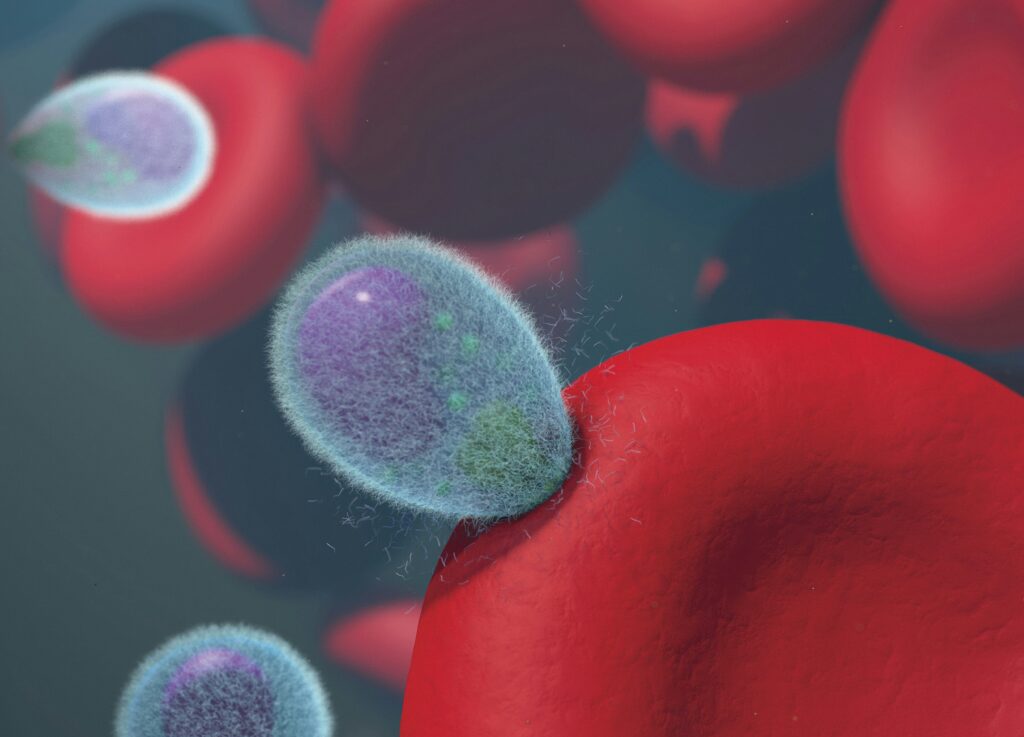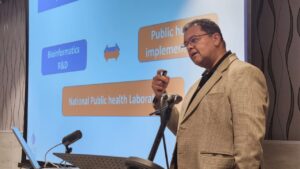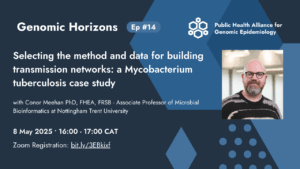
Malaria, a disease as old as civilisation itself, continues to pose a significant global health challenge in the 21st century. Every year on April 25th, World Malaria Day serves as a reminder of the ongoing battle against this ancient scourge. A disease that knows no geographical bounds, it affects millions of people in tropical and subtropical regions worldwide. But what exactly causes malaria, how is it treated, and what does genomics research reveal about this persistent parasite?
Regions Affected by Malaria
Malaria is most prevalent in regions with warm climates and high humidity, providing the perfect breeding grounds for mosquitoes, the disease’s primary vector. In 2019, Africa bore the brunt of the malaria burden, accounting for over 94% of malaria cases and 96% of malaria fatalities were spread globally across 29 countries. However, malaria also persists in parts of Asia, Latin America, and Oceania, affecting both rural and urban populations.
Causes of Malaria
At the heart of the malaria epidemic lies a tiny yet formidable foe: the Plasmodium parasite. Transmitted through the bites of infected Anopheles mosquitoes, these microscopic invaders infiltrate the human bloodstream, initiating a complex lifecycle that wreaks havoc on the body. Plasmodium falciparum, the most deadly species of the parasite, is responsible for the majority of malaria-related deaths globally. Other species, such as Plasmodium vivax, Plasmodium ovale, and Plasmodium malariae, also contribute to the disease burden, each with its own unique characteristics and challenges for treatment and control.
Treatment and Prevention
The battle against malaria is fought on multiple fronts, with prevention playing a crucial role in reducing transmission rates. Long-lasting insecticidal nets (LLINs), indoor residual spraying (IRS), and larval control measures aim to target mosquito populations and disrupt their breeding cycles. Additionally, antimalarial medications, such as artemisinin-based combination therapies (ACTs), serve as the first-line regimen for people with uncomplicated P. falciparum malaria, helping to clear the parasite from the bloodstream and alleviate symptoms.
Genomics Research and Malaria
In recent years, advancements in genomics have provided valuable insights into the genetic makeup of both the malaria parasite and its mosquito vector. By sequencing the genomes of the Plasmodium parasite, scientists have identified key genetic markers associated with drug resistance, virulence, and transmission dynamics. This information not only informs the development of new antimalarial drugs but also guides efforts to track and monitor the spread of drug-resistant strains.
Furthermore, genomics research has shed light on the genetic mechanisms underlying mosquito susceptibility to malaria infection. By studying the interactions between mosquito genes and Plasmodium parasites, scientists hope to identify novel targets for vector control interventions, such as gene editing techniques that could render mosquitoes resistant to malaria transmission.
Solutions to the Malaria Problem
While progress has been made in the fight against malaria, significant challenges remain on the road to elimination. Strengthening healthcare systems, improving access to diagnostic tools and treatment, and scaling up prevention efforts are essential components of comprehensive malaria control strategies. Additionally, addressing social determinants of health, such as poverty, inadequate housing, and limited access to education, can help to address the underlying drivers of malaria transmission.
Investment in research and innovation is also critical for developing new tools and technologies to combat malaria. From novel drugs and vaccines to cutting-edge mosquito control methods, ongoing research efforts hold the promise of a future free from the burden of malaria.
As we commemorate World Malaria Day each year we move further towards our goal of malaria elimination. While we appreciate scientific advancements made thus far in eliminating the Plasmodium parasite, strengthening our partnerships and further mobilizing resources can be catalysts to creating a healthier, malaria-free world.
Rangarirai Matima



